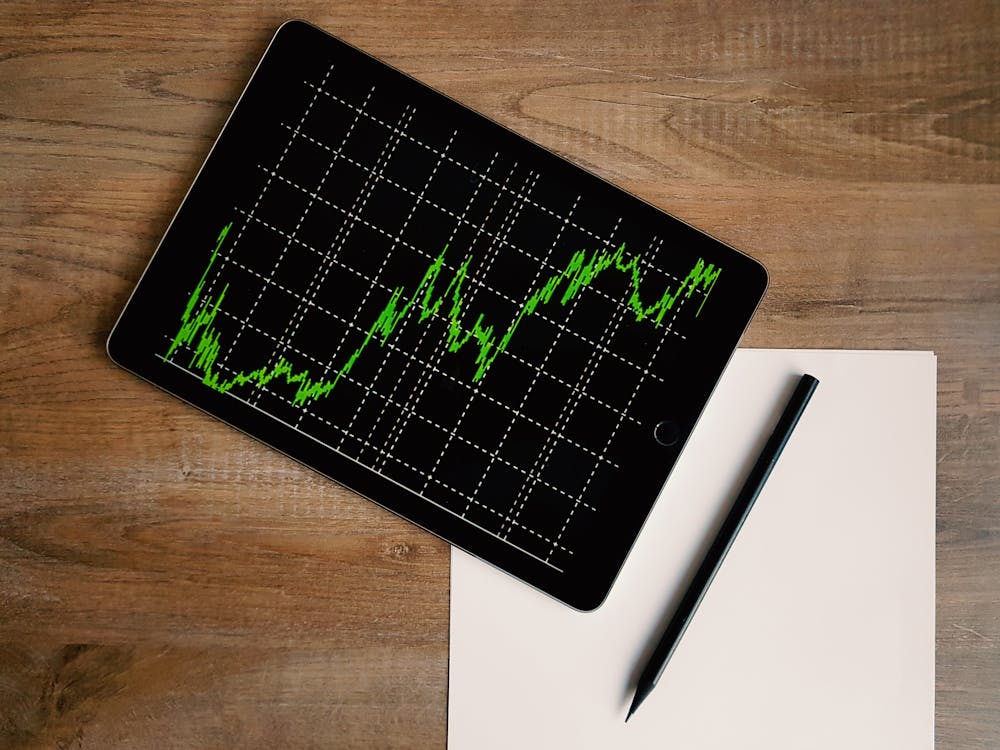Full Circle: The Resilience Of Leveraged Finance

Image Source: Pexels
After Q1 2025 began with positive momentum, Q2 has seen some of the largest bouts of volatility in the recent past. The April 2 tariff announcements sent markets on a series of extraordinary swings. On April 8, the S&P 500® was down 15% YTD and VIX® spiked to 52.33.1 However, positive trade developments that followed the initial announcement, including a trade truce with China on May 12, have resulted in markets retracing the moves from early April, bringing them almost full circle to where they began the year.
Within fixed income, U.S. high yield and bank loans (see Exhibit 1) felt much of the early-April volatility, with high yield spreads widening to 545 bps before retracing to 473 bps by the end of May. Bank loan spreads moved in similar fashion, reaching a YTD high of 462 bps on April 8 before falling back to 350 bps on May 30.2
(Click on image to enlarge)

Despite the volatility of the second quarter, leveraged finance asset classes finished May back in positive return territory on a YTD basis, with high yield at 2.6% and bank loans at 2.1% as of May 30, 2025. This rebound was after both markets held negative returns for over two weeks in mid-April.
(Click on image to enlarge)

Moving into the summer, as the uncertainty surrounding tariff policy remains center stage, it is notable that credit markets have largely erased nearly all their weakness YTD. The number of bank loans trading at par or above stands at 27% as of June 6, a sharp increase from April 30’s level of 3.5%.3 While this is still far from January’s 54% level, the technical support for bank loans remains evident. Additionally, the LSTA reported a record loan trading volume of USD 253 billion in Q1 2025, 2% higher than the previous record in Q1 2020,4 evidencing the continued growth in liquidity and depth of the leveraged loan market. The U.S. leveraged loan market currently stands at USD 1.5 trillion in market value, having grown to rival the size of the U.S. high yield bond market (USD 1.4 trillion),5 a testament to the evolution of the liquidity and tradability of this asset class. With the majority of the market expecting two U.S. Fed rate cuts of 25 bps in 2025,6 leveraged loan indices and high yield bond indices, representing floating rate and fixed rate indices, respectively, may help market participants navigate the path ahead.
1 Source: S&P Dow Jones Indices, Federal Reserve Bank of St. Louis, June 8, 2025.
2 Discount margin to maturity is used for bank loan spread.
3 Source: S&P Dow Jones Indices, as of June 8, 2025.
4 Source: LSTA “1Q25 Loan Trading Volume Report”, April 22, 2025.
5 Source: S&P Dow Jones Indices, U.S. leveraged loan market represented as the USD market value of the S&P UBS Leveraged Loan Index. U.S. high yield bond market represented as the USD market value of the iBoxx USD High Yield Developed Markets Index, as of June 2, 2025.
6 Source: CME Group, June 8, 2025.
More By This Author:
Yippy Yields And Dollar DilemmasOne Year Live: The S&P 500 Economic Moat Index Outperforms Its Benchmark
Go Beyond Index Data: Unlocking The Full Value Of Index Providers
The posts on this blog are opinions, not advice. Please read our Disclaimers.



